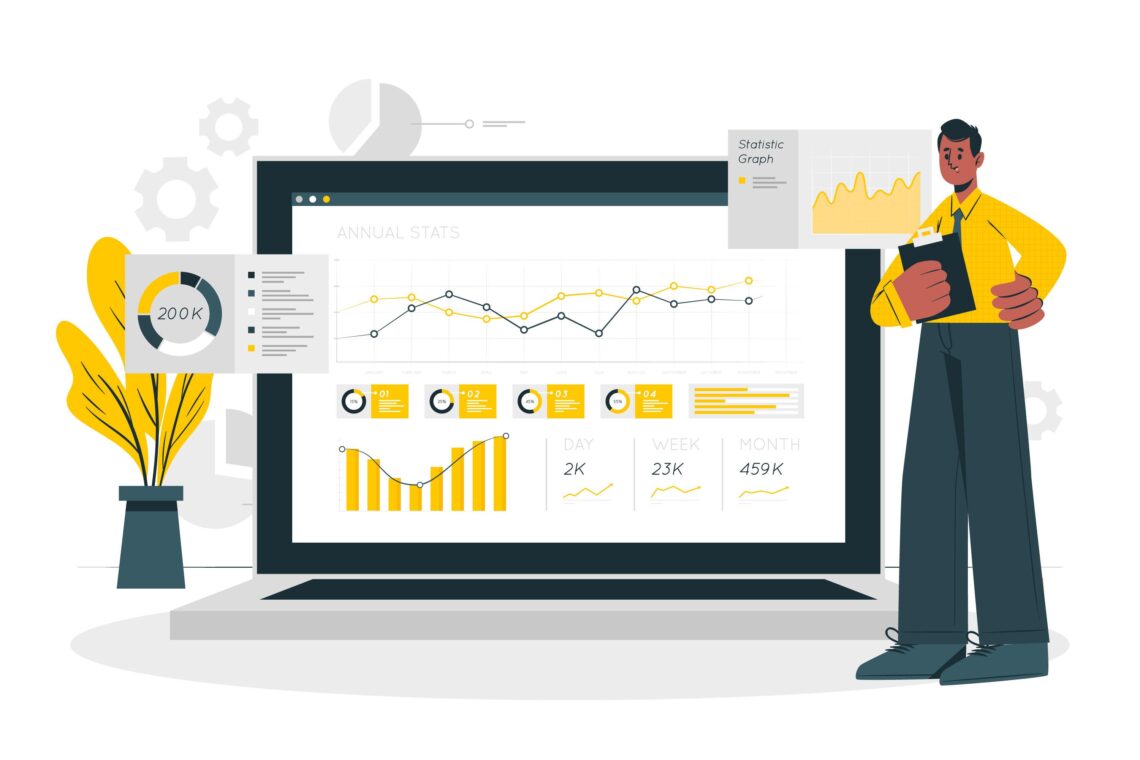
Managing a Productive and Connected Remote Workforce: 4 Checklists from a Digital Transformation Leader

In a few short months, remote working has gone from being a rare privilege to a common opportunity available to all. This wave of remote working is not just about utilizing video conferencing software, but a far greater change. Pandemic conditions have swept standard norms under the rug and have left businesses scrambling to find their new normal. Few were prepared to work under lockdown conditions and even fewer had the technology to support it. Fast forward 6 months, Zoom has become a household name and face-to-face interactions are at an all time low. How do humans, who are inherent social beings, thrive while being alone?
“Human beings are social creatures – not occasionally or by accident but always. Sociability is one of our lives as both cause and effect.” ~ Clay Shirky
Many businesses are asking themselves, how do we foster the same connected workforce in this new remote environment? Agile Transformation leader, Dushyanth Nippani, breaks it down into 4 insightful checklists: Communication, Scheduling, Human Interaction, Enablement and Trust.
Communication
- Explain the “Why” – Use organizational objectives to create clarity and focus for the team. Explain it and then explain it again.
- Manage expectations early and often – Individual traits, productivity standards, availability, & rules of engagement must not be assumed
- Be honesty & transparent to prevent ambiguity from fostering
- Give clear priorities if employees are juggling competing tasks
- Conduct frequent check-ins but avoid digital echo
- Provide & allow multiple channels for teams to collaborate; simplicity is paramount.
- Use video conferencing whenever appropriate, especially, when working with individuals or teams you haven’t already spent a lot of time communicating in-person
- Intuitively communicate with individuals by using apt methods. For example, some individuals are more effective over voice calls, while some others via written communication. Buddy systems can help individuals cope.
- Account for that missing X-factor in communication, due to the lack of non-verbal cues. Studies show upwards of two-thirds of all communication can be non-verbal.
Scheduling
- Regular but flexible – there must be a degree of regularity to work events, but be flexible enough to accommodate individual circumstances. Routines allow people to set their tasks around it.
- Limit duration & maximize effectiveness of meetings. Be prepared for meetings! Unprepared meetings often conclude with “I’ll schedule a followup meeting”. Vicious cycle anyone?
- Rotate meeting times, for teams across time zones, so everyone takes turns to take those fun early morning calls
- Allow your teams to disconnect from, and reconnect to work – wellness breaks during the day and vacation time (truly) away from work will prove very beneficial
Humanize Interaction
- Show tolerance – Personal tasks/errands during the day, kids/pets heard or seen in the background, from time to time, should be accepted as the lines between office and home blurr.
- Remember to listen – Your team’s perspectives and opinions are important. Within reason, allow your team to define the way they work.
- Be available to your team. Failing to follow up can be detrimental. You may respond after a ‘do not disturb’ period; but the team must trust that you will!
- Encourage individuals to interact as people, and not just employees
- Recognize and celebrate success. Remember team lunches/drinks/good ‘Ol birthday cakes all had their place.
- Trust your instincts when you see something wrong. Check on it sooner than later; it could be as simple as a chat/text message.
- Offsites to onsites – budget for travel and team bonding activities. Onsite was the norm so an offsite was the opportunity. Consider the opposite in this new normal.
Enable & Trust
- Provide your team resources such as home office equipment, and software to improve efficiency. Remember to take advantage of technology; It is, after all, the future
- Train and develop – Many new technologies have been introduced without the proper onboarding procedures. Make sure user adoption is accounted for.
- Encourage and support innovation
- Trust your team and assume positive intent – then watch the positive results flow. In an environment where individuals are more easily triggered, this will help pacify.
- Do not micromanage – focus more on outcome & less on activity. Self managing teams are the goal.
- Continuity plan – Remember the time when working from home was the continuity plan? Today, if not home, where and how?
- Hiring & onboarding remote workers remotely needs special attention. Hire the right people and trust them to get it done.
Facing the Challenges and Forging Ahead
The lack of face-to-face interaction causes a myriad of problems, including social isolation and loneliness, feeling left out and often disconnected. Distractions at home and the lack of work life balance where often there is no official start or end to a day becomes monotonous. People feel tethered to their computers and face challenges to establish new boundaries between themselves and their work. The office, school, or other established work settings formerly provided environments conducive to productivity. Now, individuals are permanently setting up home offices in unconventional ways, while businesses strive to identify and provide the right tools for effective remote work as they incur new software expenses, training obligations, and security mandates.
All things considered, this new way of working has the potential to change long standing notions of work, life, & the balance between them. By bolstering resilience and self-confidence through the practice of being mindful, stress will most certainly be reduced and connections across remote workforces will be strengthened.Will this “new normal” work environment help achieve what Robert Propst set out to do with the Cubicle, a few years before Neil took that small step? It may be too early to answer that, but it sure is an exciting new change for millions of Dilberts out there!s


![[Un]Stuck in the Middle: The Surprising Catalyst of Digital Transformation](https://s40886.pcdn.co/wp-content/uploads/2022/04/AdobeStock_239828859-scaled.jpeg)

